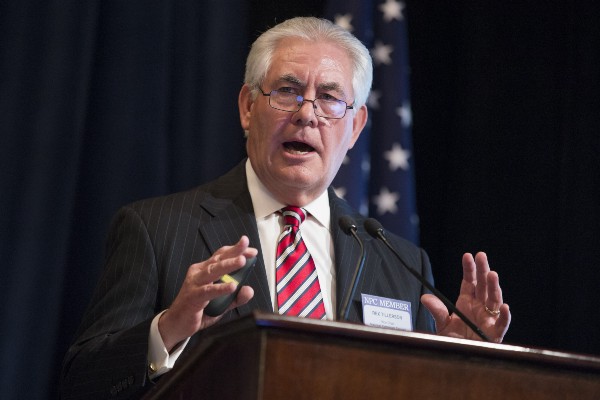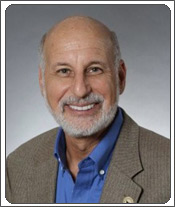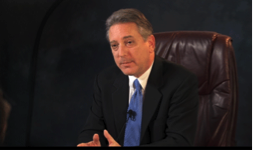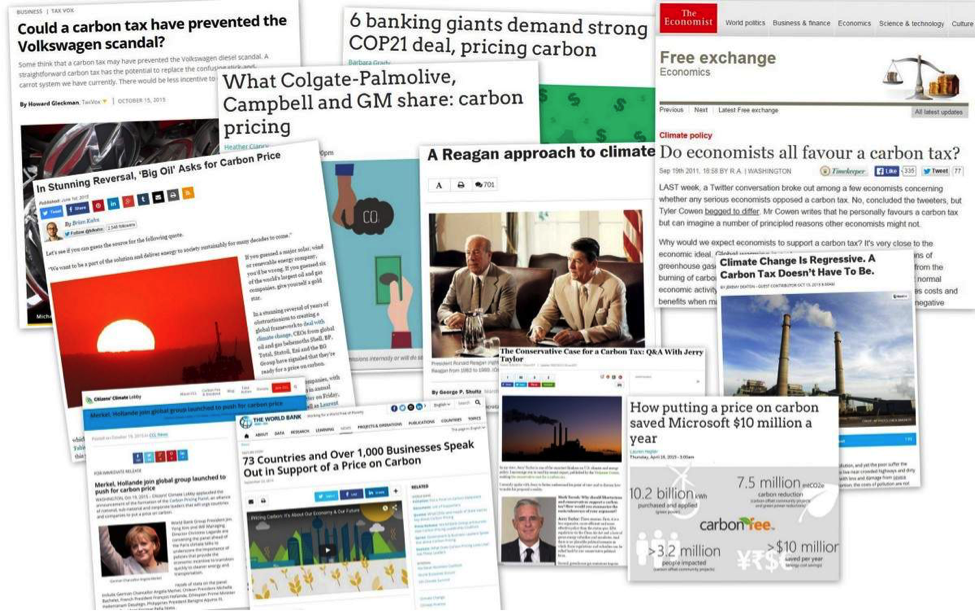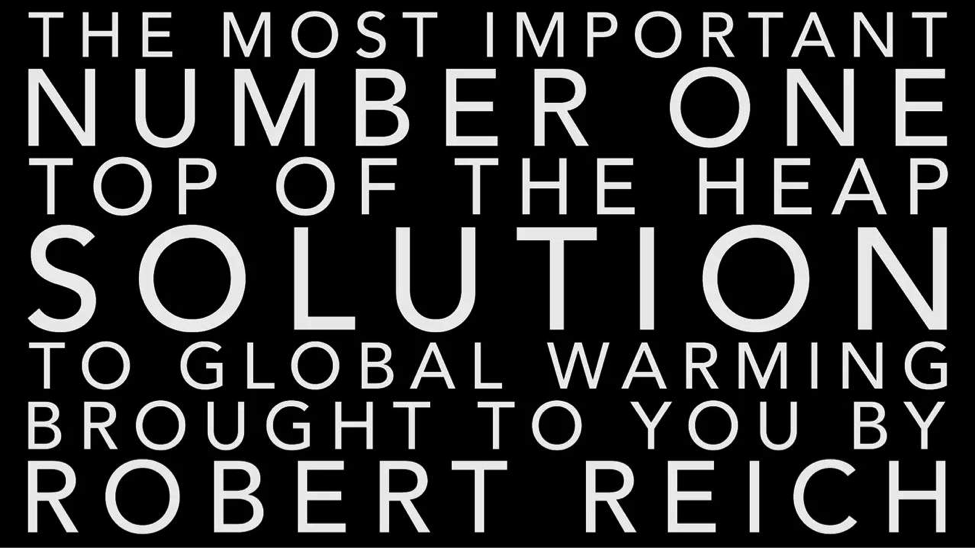By David Von Drehle
View the original article here.
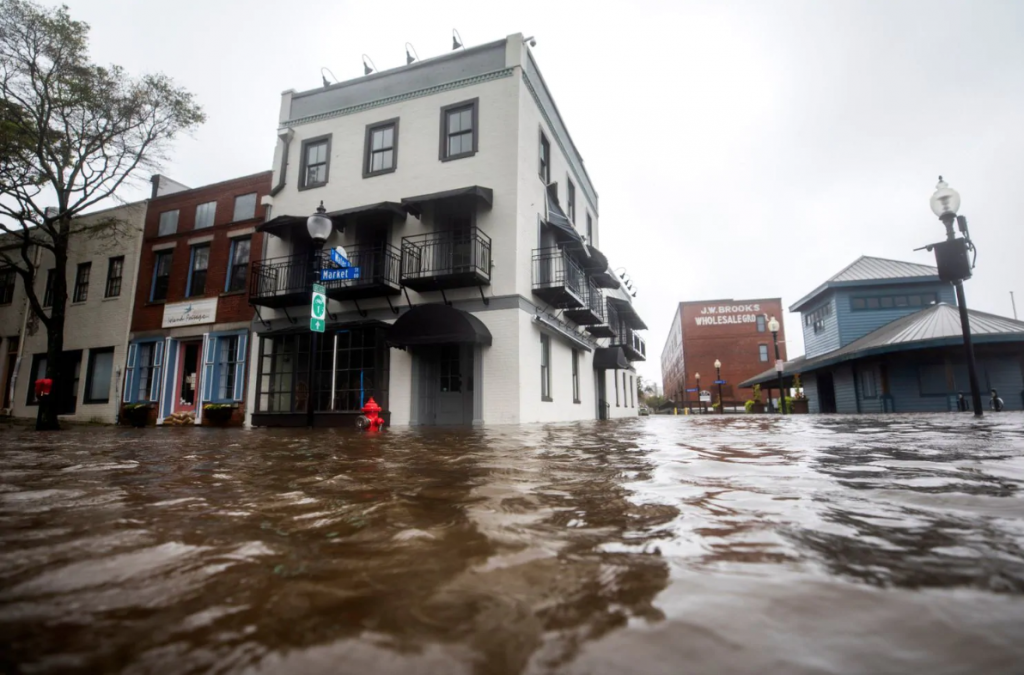
High waters flood Market and Water Streets as Hurricane Florence comes ashore in Wilmington, N.C., on Friday.
Like most people (according to polls), I believe greenhouse gases trap heat — a fact easily proved by experiments simple enough to perform at home. More greenhouse gases will trap more heat. And when temperatures rise on Earth, they impact the entire ecosystem.
The case for limiting emissions of carbon dioxide and other greenhouse gases is all right there. Most people get it. Yet many of our most passionate citizens on this topic seem to believe that only panic will produce results. In trying to stimulate alarm, however, they often wind up fortifying the dwindling but stubborn cadre of skeptics.
Case in point: Hurricane Florence. As the cyclone worked its way up the Saffir-Simpson scale of storm strength, I braced for the inevitable pronouncements that climate change is making our storms worse, with Florence as Exhibit A. Then the incredible complexity of climate kicked in. The cyclone went to pieces (as most of them, thankfully, do) and staggered ashore as a very wet and dangerous Category 1 storm. Power was knocked out, homes were flooded, trees were snapped or torn up by the roots. An unpleasant, unwelcome visitor, but hardly unprecedented.
Climate activists should get out of the prediction business, because climate is too complex to be reduced to a single factor. The strongest storm to hit the United States continues to be the Labor Day hurricane of — wait for it — 1935, which wiped out entire towns in the Florida Keys. Runner-up: Camille in 1969. Billions and billions and billions of tons of carbon dioxide have been pumped into the atmosphere since those storms raged.
Looking backward rather than ahead, however, a tentative case, a hypothesis, could be ventured that we are in fact seeing greater frequency of strong storms. Since the introduction of weather satellites in the 1960s made comprehensive tracking possible, meteorologists have calculated the total energy of Atlantic cyclones each year. All seven seasons of greatest hurricane energy have come since 1995. Even so, the years from 2013 through 2015 were unusually calm.
But debating over doomsdays only empowers the climate skeptics, because it takes a topic of consensus and puts it in the realm of dispute. People don’t need more fear of climate change. They need more hope for solutions. And one single step could galvanize the awesome power of America’s economy toward answers: cap and trade.
Capping total carbon dioxide emissions nationwide and allowing producers to trade emission permits are not an intrusion on the free market, as some conservatives have complained of the trailblazing program underway in California. Instead, cap and trade empowers the market. As Adam Smith explained, the wealth-creating genius of a free market stems from its ability to efficiently gather vast stores of data about people’s needs and wants and convey that information to producers through the simple signal of what people are willing to pay. Good old supply and demand.
Carbon emissions impose social costs. But most of the U.S. economy is blind to that information. Without an overall cap on emissions, the market thinks that supply — in this case, the ability to emit carbon dioxide into the atmosphere — is infinite and thus the cost of emitting is zero. Cap and trade switches on a price signal, which in turn focuses the creativity, innovation and efficiency of the entire economy on cutting emissions without sacrificing quality of life. The free market does what it does best (more Adam Smith): lowers production costs while maintaining and enhancing the appeal of its products.
Opponents of cap and trade say the idea has failed in Europe, but the hiccups in that market are attributable to weakness of the European Union — Brussels set its cap too high — and the slow European economy. A more revealing case comes from here at home. In 1995, the United States capped sulfur dioxide emissions (the primary cause of acid rain) and issued tradable permits. By 2010, according to one gimlet-eyed assessment, emissions were down nearly 70 percent and health-care costs were reduced by as much as $100 billion.
Admittedly, carbon emissions are a more complex market than sulfur emissions. Everyone has a carbon footprint, while sulfur dioxide is mainly a byproduct of coal-burning power plants. But there are many ubiquitous commodities in our lives: virtually everyone uses steel, paper, electricity, water, wheat and so on. Somehow, the market manages to put a price on all of them and efficiently collect those costs from willing consumers.
When carbon-dioxide emissions reflect what most of us agree to be their true costs, capitalists throughout the economy will turn their resources to cutting those costs. They will discover greater efficiencies. They will invest in alternative energy. They will sink money into inventions and technologies undreamed of today. They will move with speed and agility no government bureaucracy can match.
You might say I’m predicting a Category 5 storm of hope. But this is the U.S. economy I’m talking about; its potential power is never in doubt.

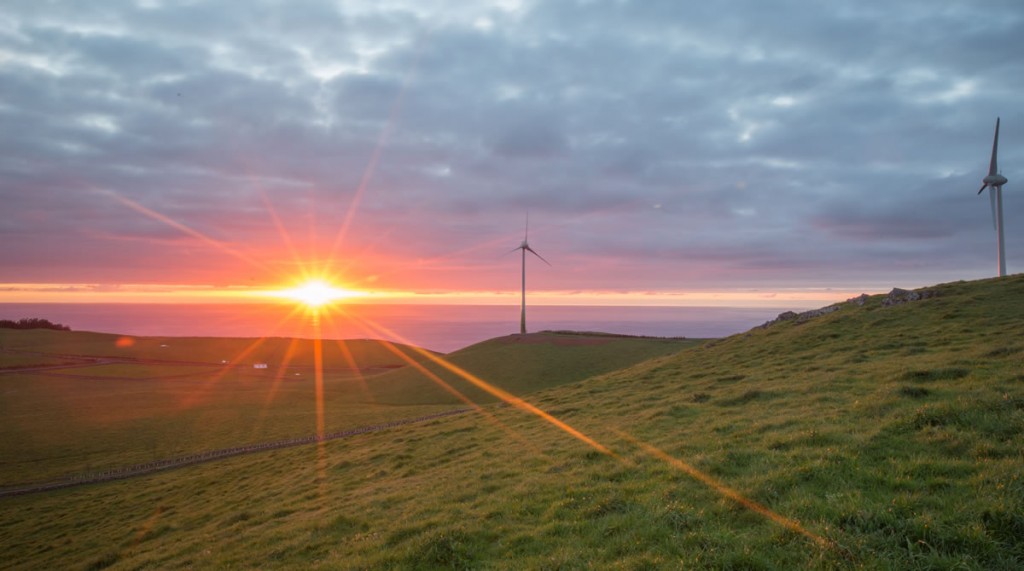

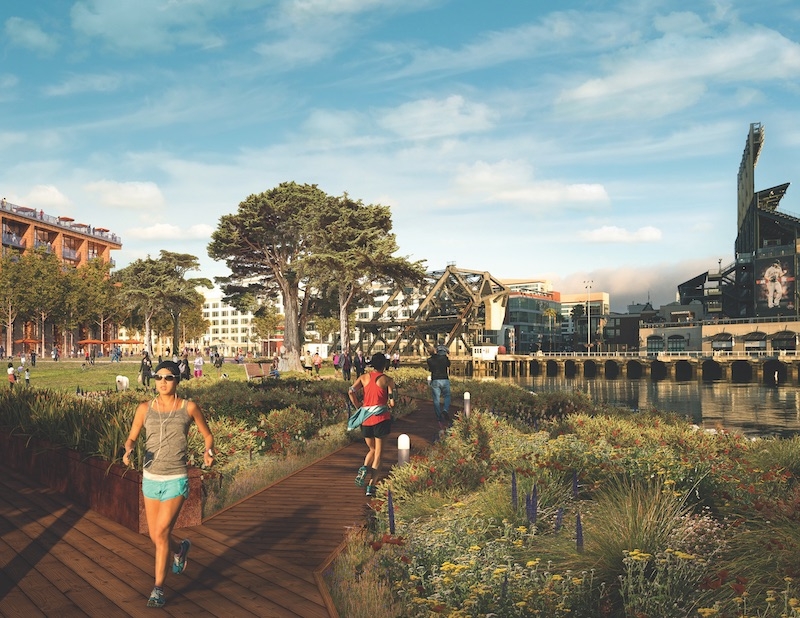
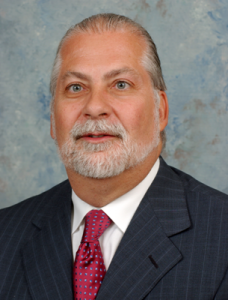


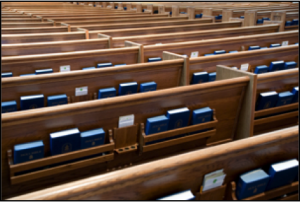 there are larger projects – like replacing HVAC equipment and appliances that are near the end of their functional life; adding solar panels, installing a geo-thermal plant, replacing vehicles with fuel-efficient, electric, hybrid or alternative fuel vehicles and encourage use of mass transit, carpooling and telecommuting.
there are larger projects – like replacing HVAC equipment and appliances that are near the end of their functional life; adding solar panels, installing a geo-thermal plant, replacing vehicles with fuel-efficient, electric, hybrid or alternative fuel vehicles and encourage use of mass transit, carpooling and telecommuting.